We had plumbing repaired in May and that also became the opportunity to find a way to treat domestic wastewater so that it can be diverted into the garden. Since sewage systems aren’t centralised in our village, it is important that we treat our wastewaters locally and in a way that is responsible.
Above: Some of the drawings and plans we made to help build our greywater treatment systems.
In households in our village, domestic blackwater goes into a septic tank whilst greywater goes into the nearest empty plots. We have our own septic tank and our greywater went into a concrete water feature in the garden. This water feature often flooded especially in the rainy season, and wastewater just filtered into the ground. What we wanted was a system that not only filtered greywater, but also diverted it to good use in the garden. Additionally, we decided to separate kitchen greywater and bathroom greywater to lessen the load on our selected methods of treatment.
Treating Kitchen Greywater
Kitchen greywater goes though a pipe and gets filtered in a DIY grease trap (refer to links to resources below to learn how to make a Grease Trap). From the grease trap, the water pours into a constructed wetland – or what may be called an infiltration planter – built next to the rainwater fishpond. The infiltration planter is filled with layers of gravel, a fine mesh netting, sand and soil. Plants are grown in the infiltration planter to help treat the greywater. As greywater filters down the planter, excess water flows out into a lower bed of plants.
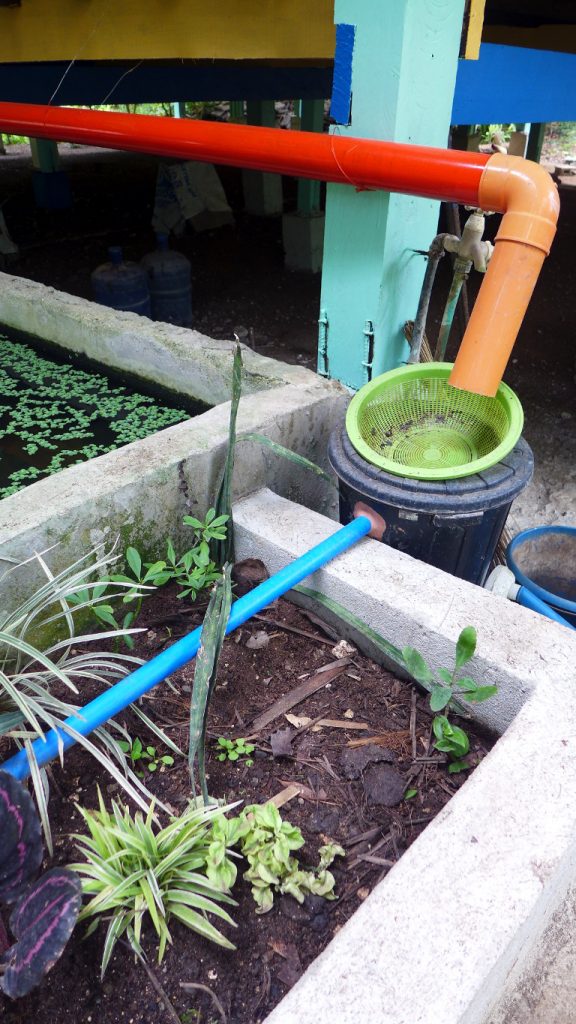

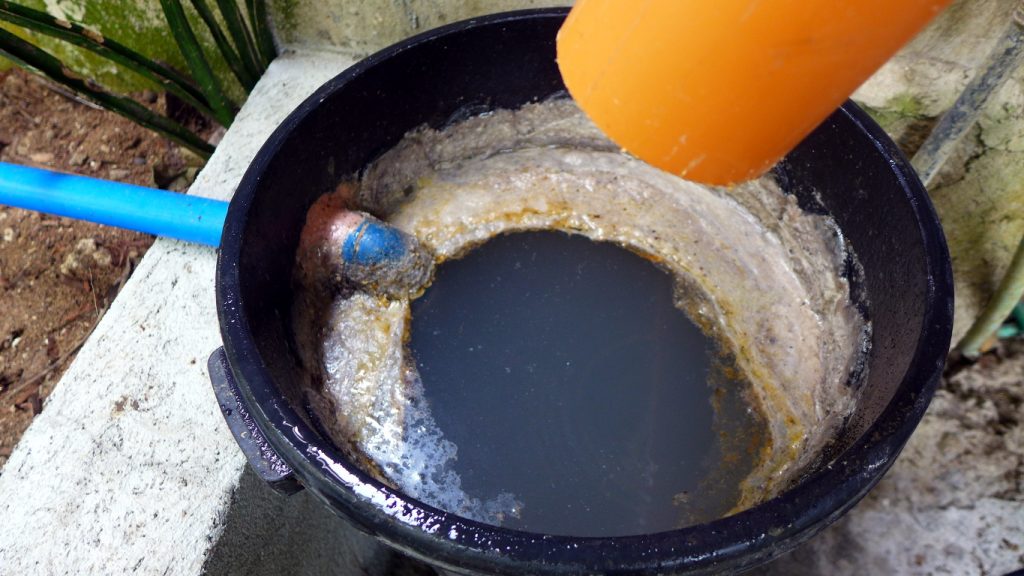

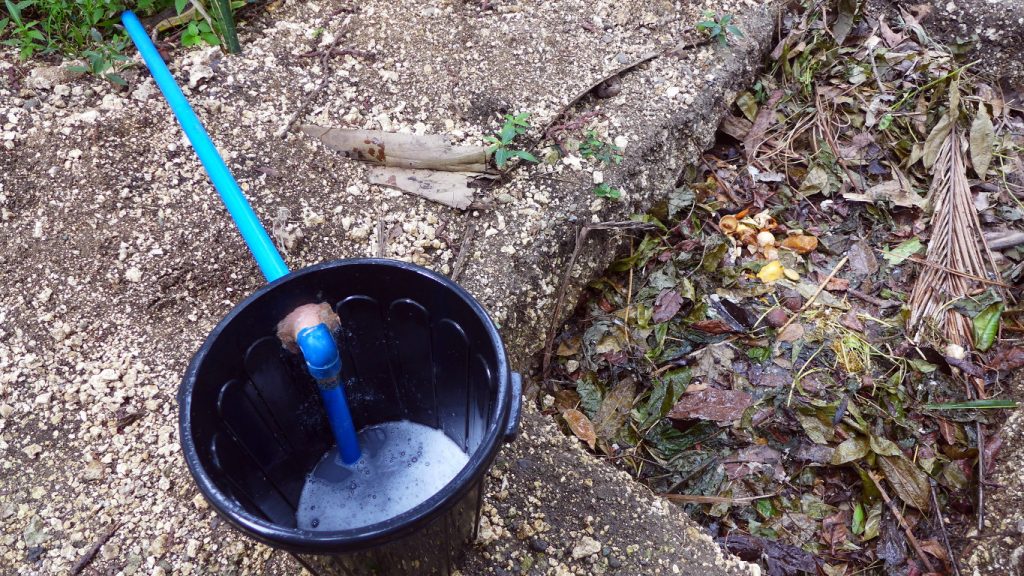
Treating Bathroom Greywater
Bathroom wastewater consists of water from the shower and the bathroom sink. This water goes through a pipe and flows out over a gravel path with cement lining to prevent the water from seeping directly into the ground. The gravel path goes along the house, into the garden and down to the duck pond, some 10 or so meters away. The assumption is that the greywater – along with rainwater during the rainy season – would be filtered appropriately by the time it reaches the duckpond, at the same time reducing soil erosion, since the ground slopes naturally towards the duckpond.

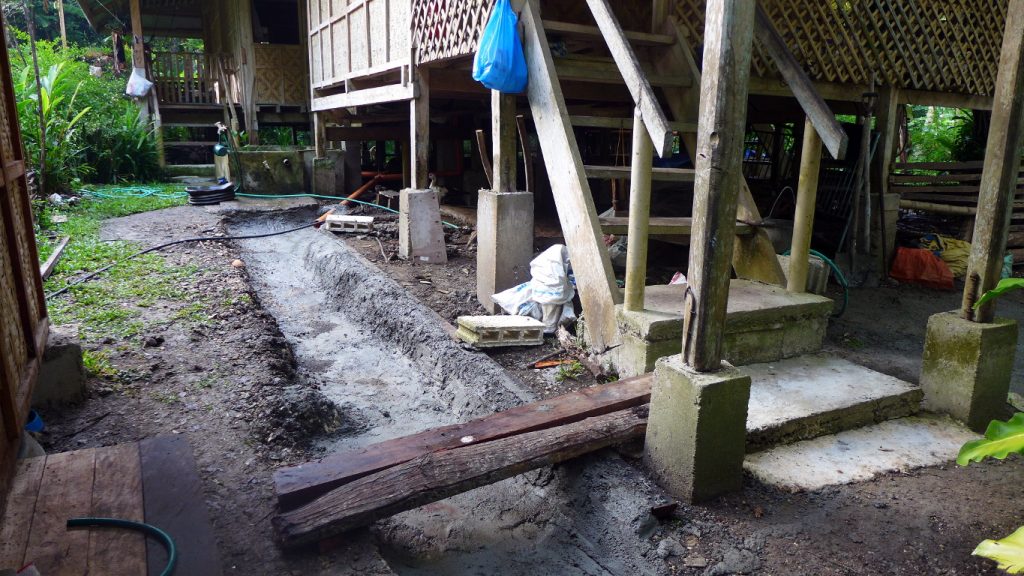
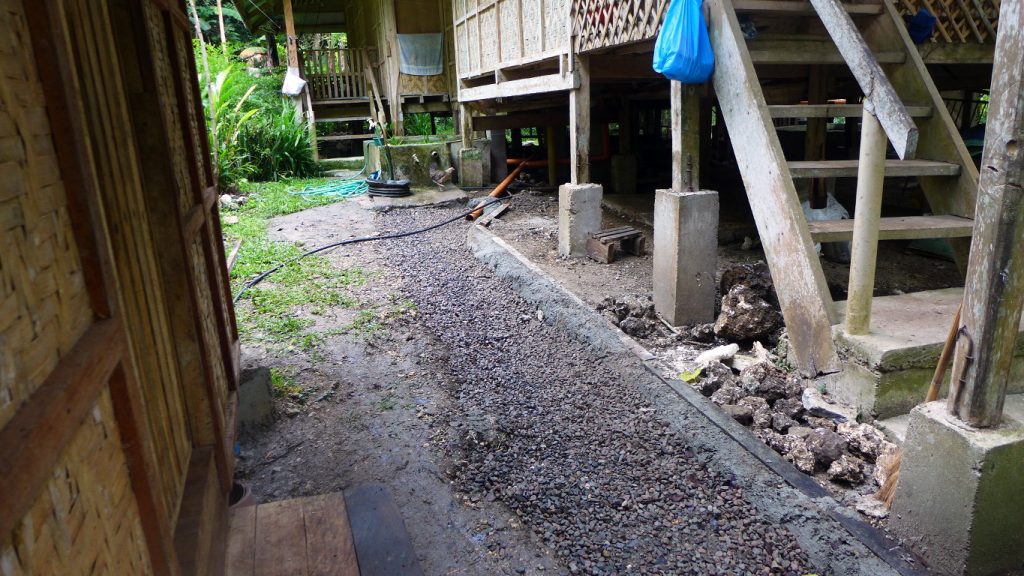
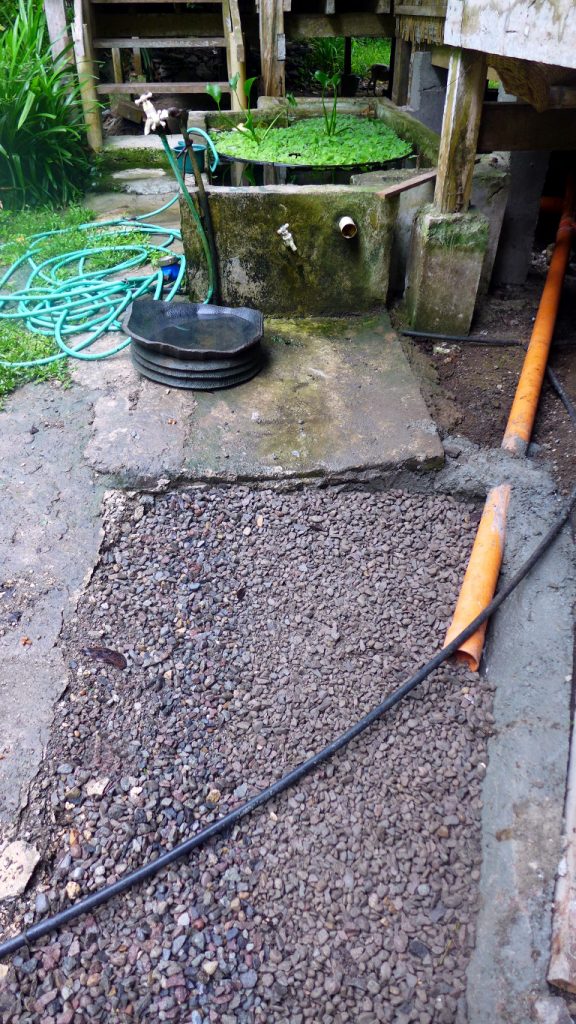
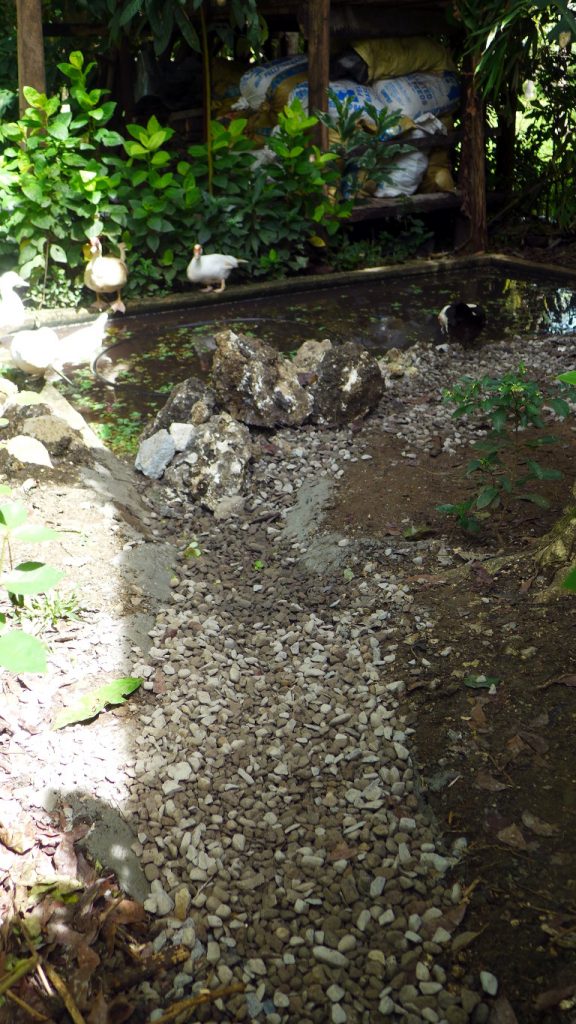
The results
After nearly 3 months of use, together with the onset of the rainy season, our constructed wetlands are working beautifully! Plants are growing well in the infiltration planter, the gravel path has done away with mud and soil erosion in a large area along that side of the house. Some plants and grass have even started growing amongst the gravel. There is some odour coming from the infiltration planter but this is not irritating and the odour disappears very quickly. As more plants grow in the planter, we hope the odour will be further minimized. The DIY grease trap – a 5 gallon/10-liter capacity -requires some cleaning only every 2 months. The grease and debris collected is dumped into the compost pit.
Note that if any edible plants are placed in the infiltration planter, they should not be eaten.
Resources
If you are interested in building a constructed wetland system for greywater treatment in your own home, check first with local ordinances. Some municipalities, for example, that have centralised wastewater treatment facilities will not allow domestic greywater treatment because centralised wastewater (especially blackwater) treatment needs sufficient amounts of greywater for proper treatment.
If you are sure that constructed wetlands are allowed in your location, you can find basic information, designs, principles and examples of ecologically responsible wastewater treatment systems through the following resources. Our home set-up was inspired by these resources. Good luck!
Publications:
- Waste Stabilization Ponds and Constructed Wetlands Design Manual
- Greywater Tratment in Sand and Gravel Filters
Low Tech Solution for Sustainable Wastewater Management – Manual for Design, Construction, Operation and Maintenance - Construction of a Domestic Greywater Treatment System (This is the primary resource for the design of our Grease Trap)
- Greywater Reuse in Rural Schools – Guidance Manual
Websites:
Videos:
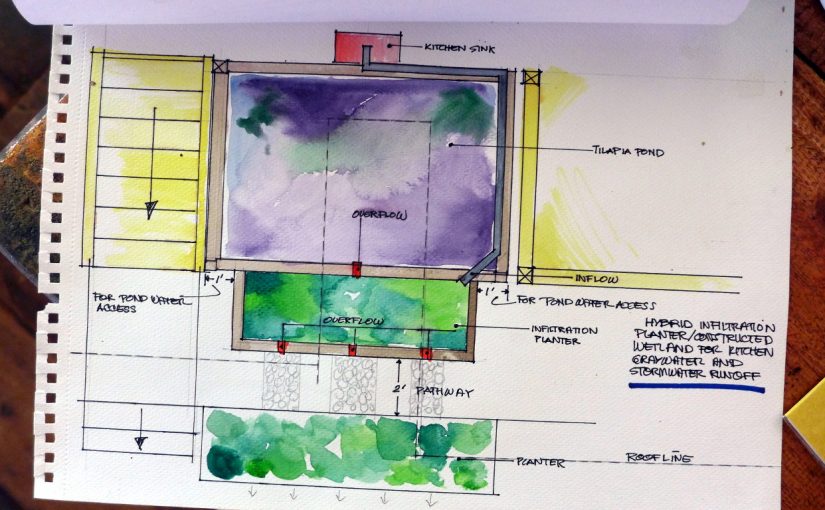
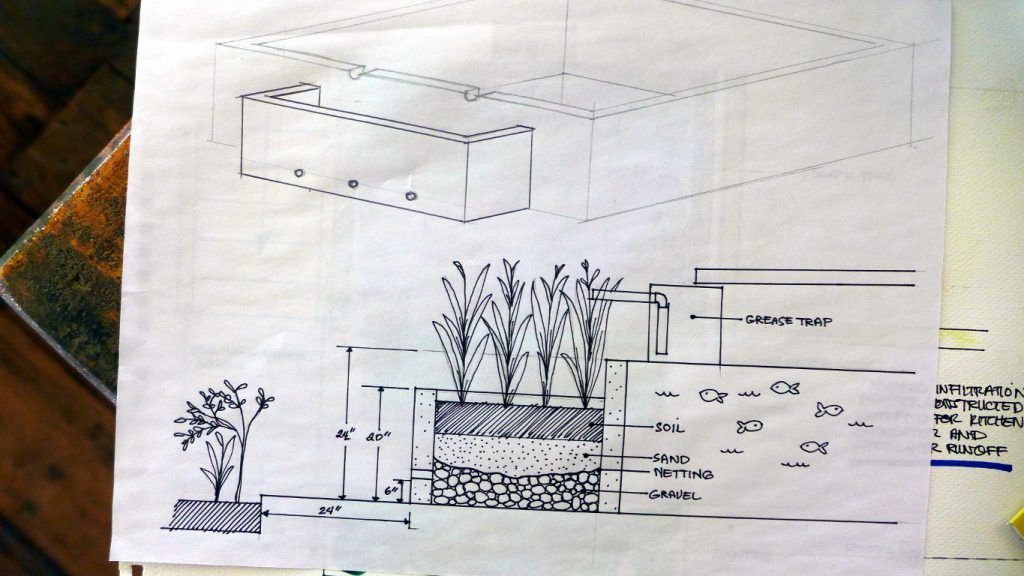


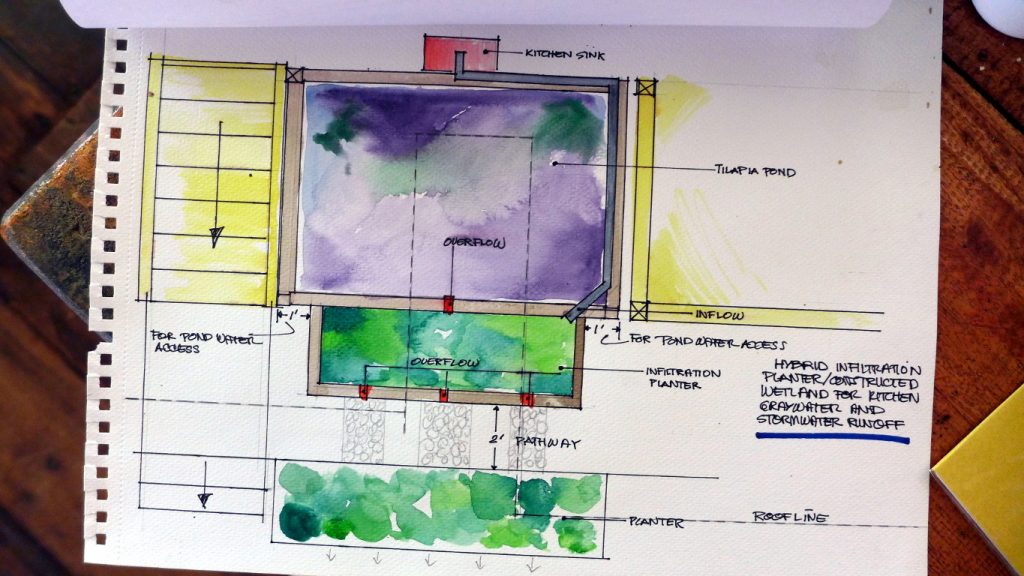



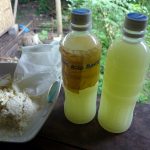
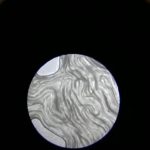

hi. how is this greywater recycling system of yours now? do you still need to replace the gravel eventually?
Hi Gigi. After nearly 5 years it’s working really well. I have never replaced the gravel. The plants in the planters and the gravel area are huge. It took a bit of trial and error getting the right kinds of plants that love all the greywater. So far the successful ones are the Insulin plant (costus igneus) and Brazilian Red Cloak – both grow to over eight feet tall. I still regularly clean up the grease trap when things get too thick in there, maybe once a month or so depending on how much oil gets dumped down the drain.